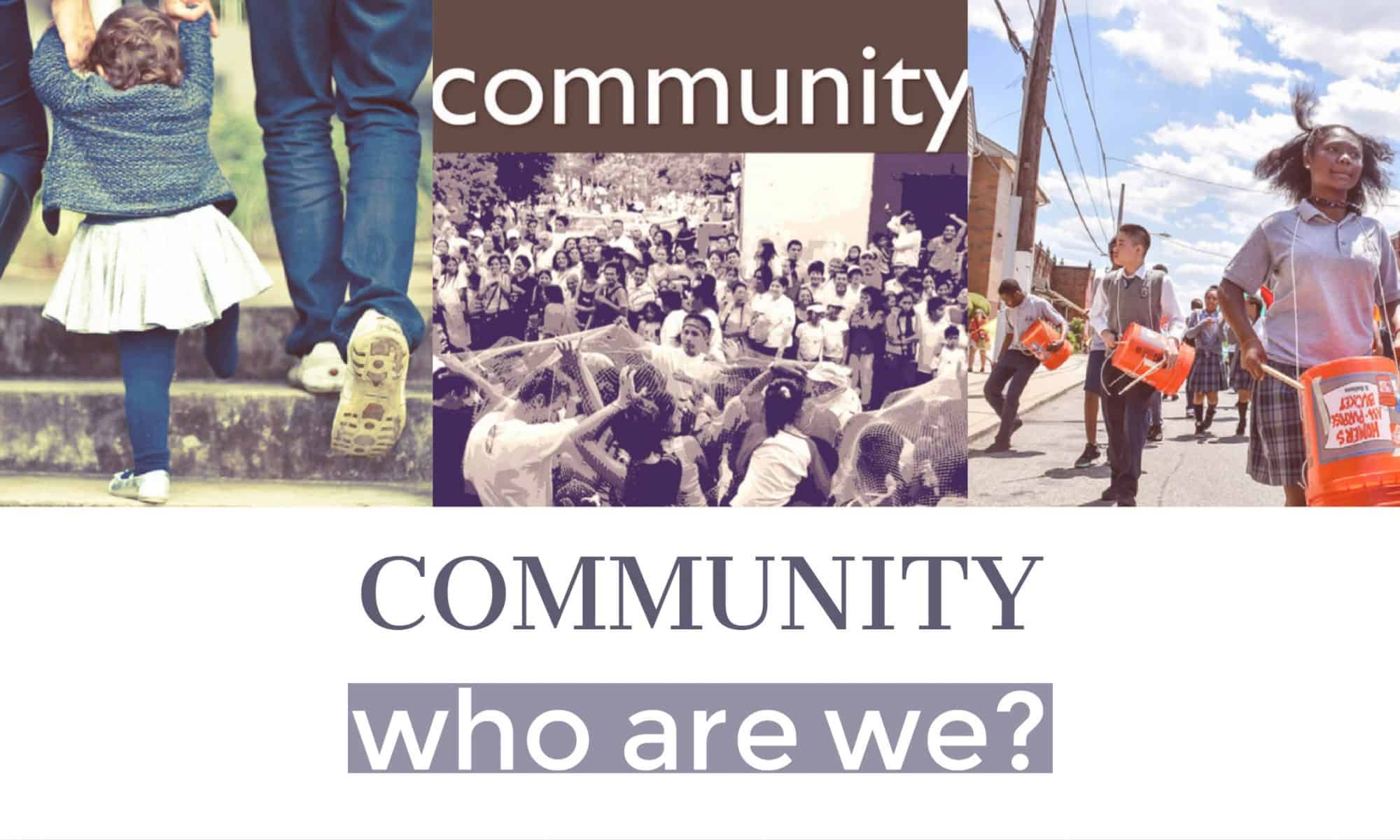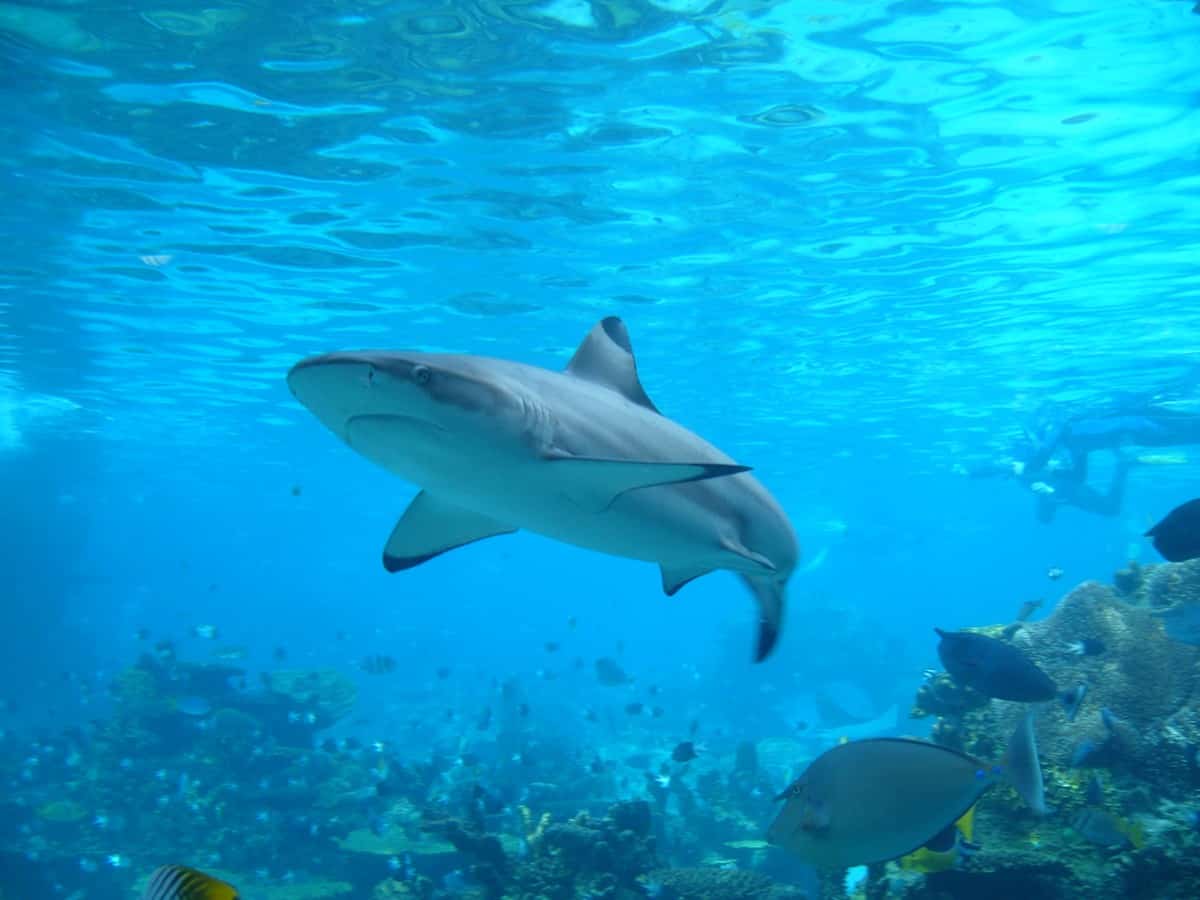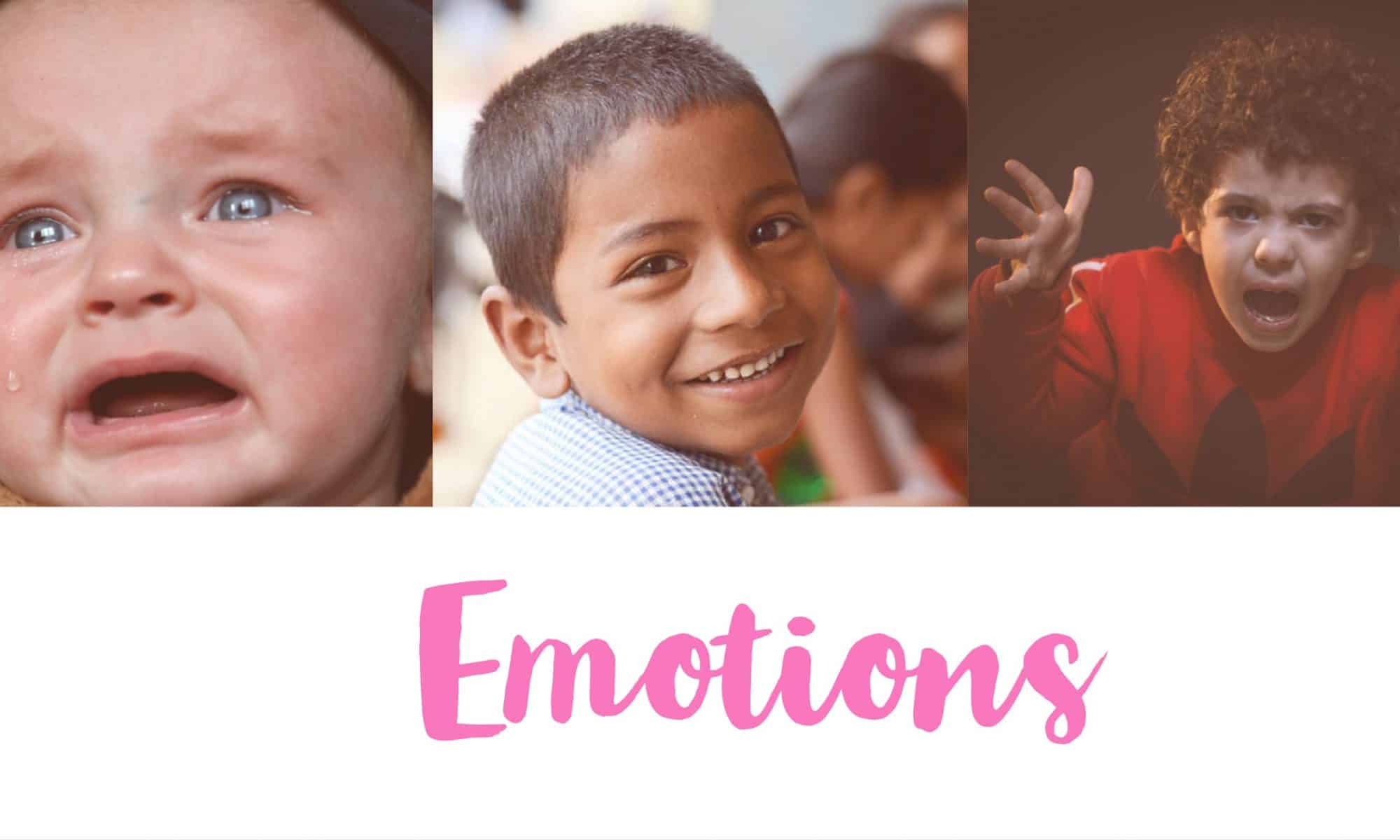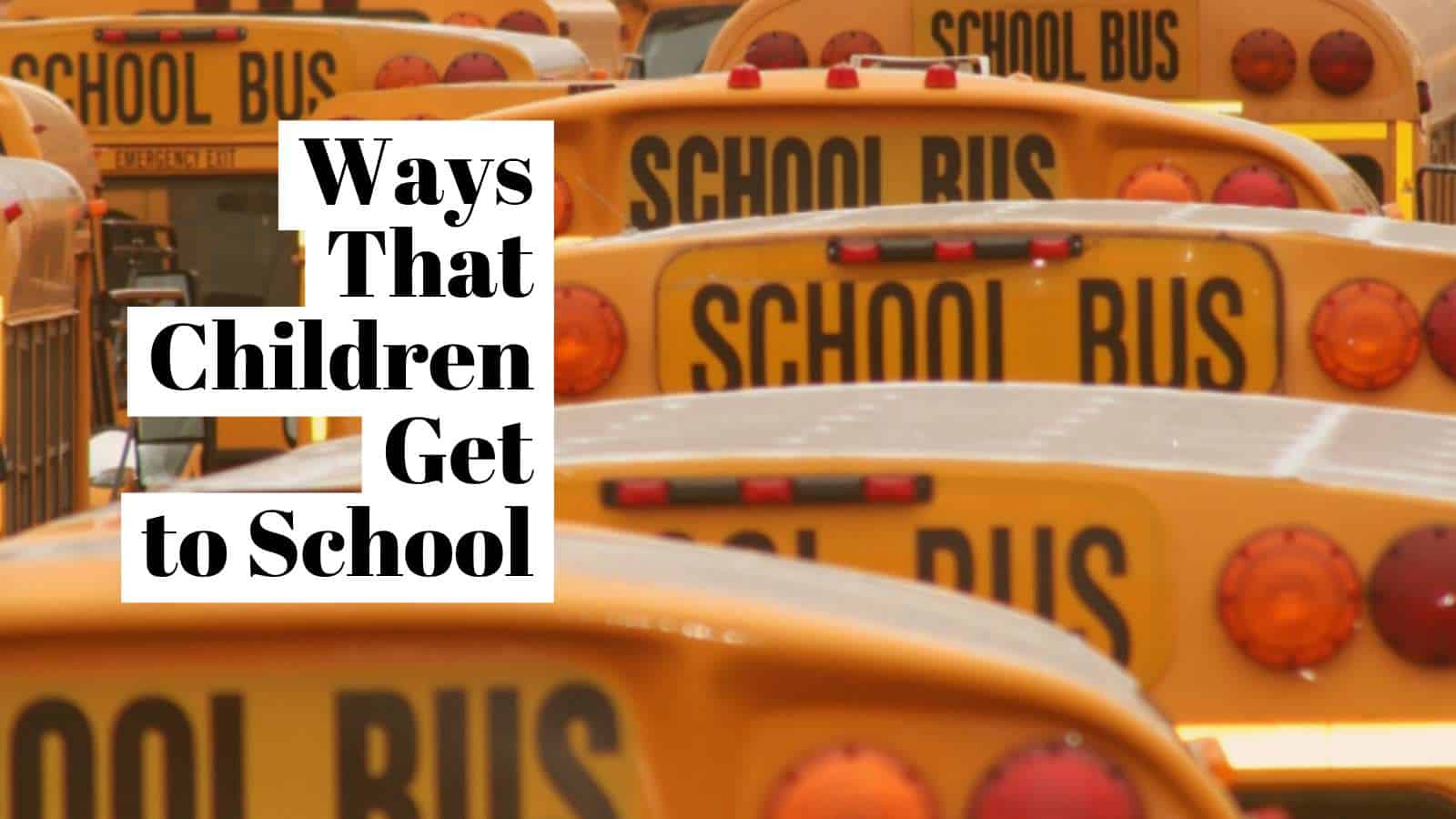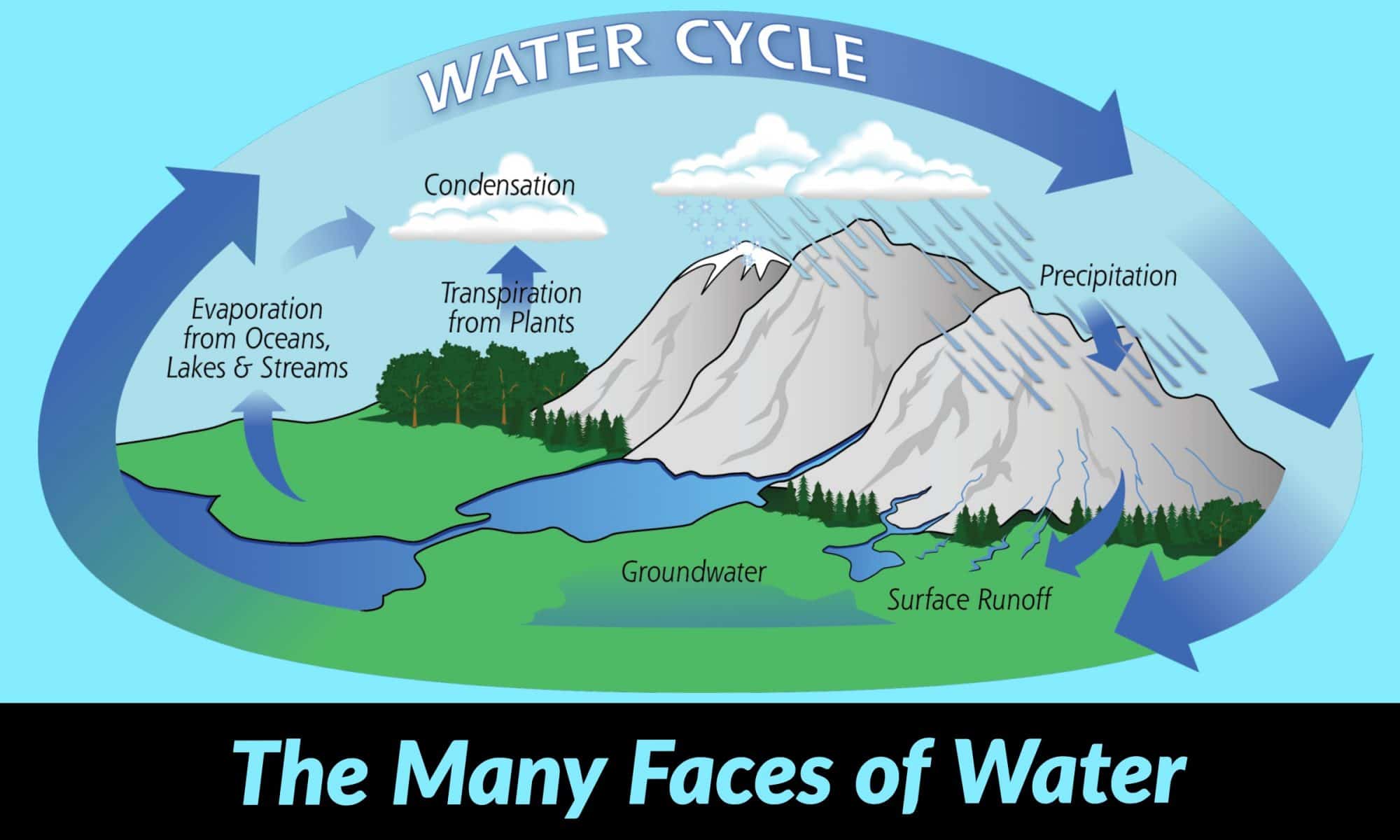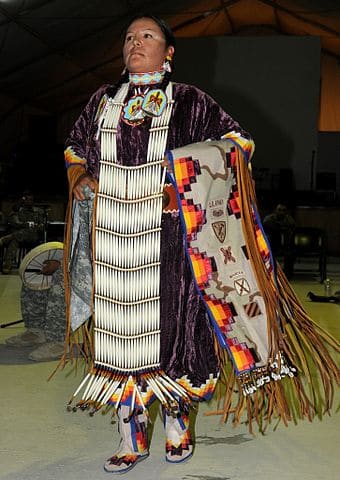My lesson is on lab supplies and how to work with them. This gallery would be used as a visual aid for students becoming familiar with the various chemical containers that will be commonly used throughout the course, and the summaries below will be presented alongside the images.
Erlenmeyer flasks are conical, flat bottomed flasks generally made of clear glass. Their shapes allows for easy stirring and boiling with minimal risk of spillage.
Beakers are cylindrical, flat bottomed containers generally made of clear glass and usually have a small spout on the lip to aid in pouring.
Round-bottom flasks are spherical, round bottomed (surprise!) flasks almost always made of glass. These flasks are commonly attached to other lab apparatuses in order to distill products or boil samples.
Guiding questions:
When might you consider using an Erlenmeyer flask verses a beaker?
Why might a flat bottomed container be preferred over a round bottomed container?
What advantages does a round bottomed flask offer over the other two types of containers?



